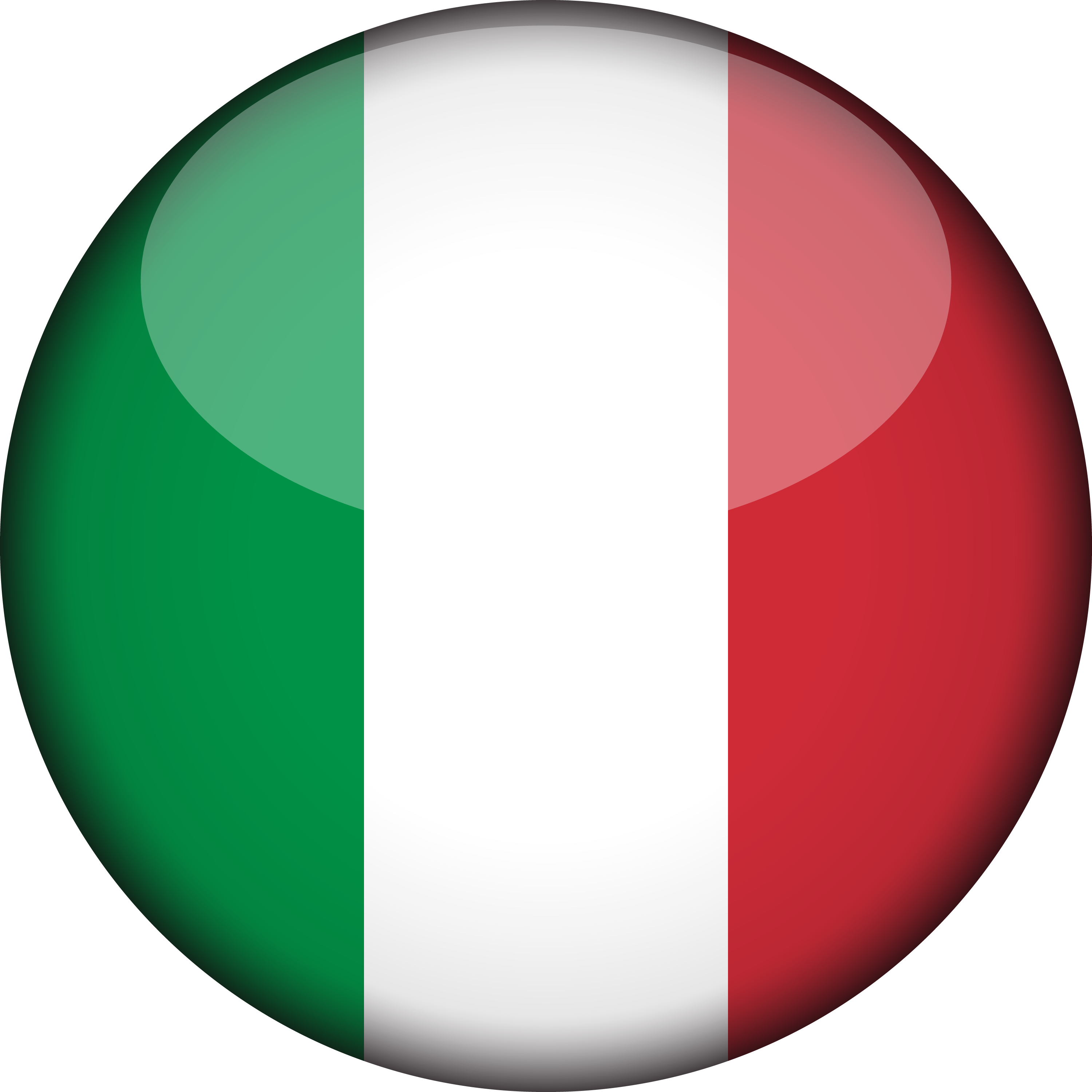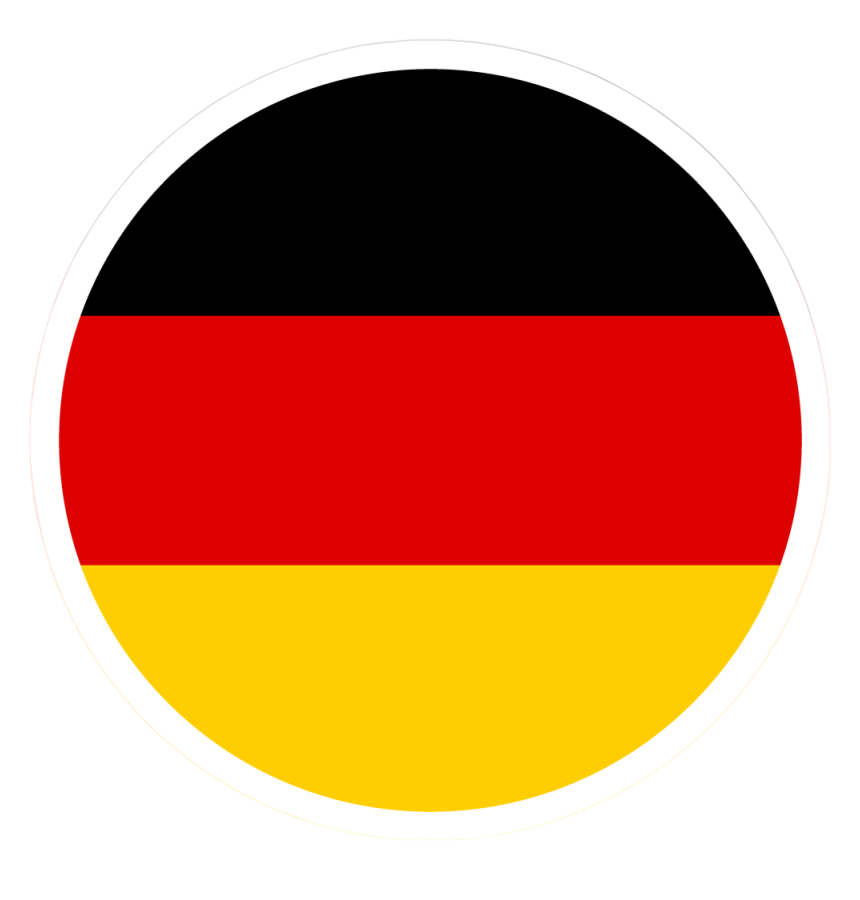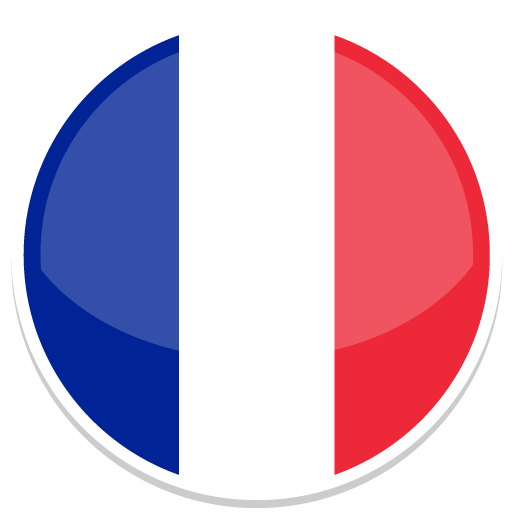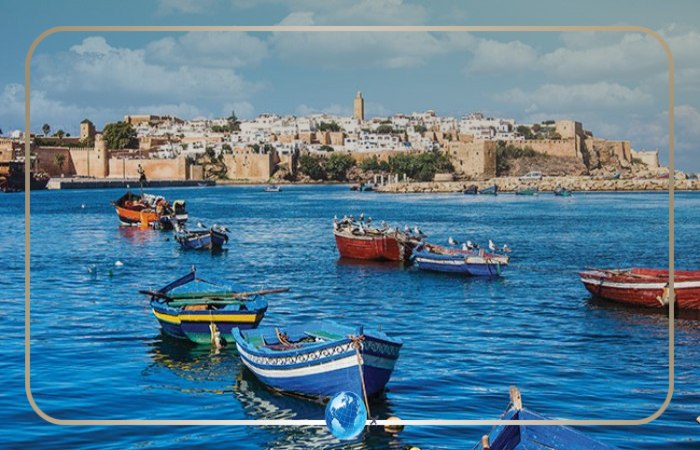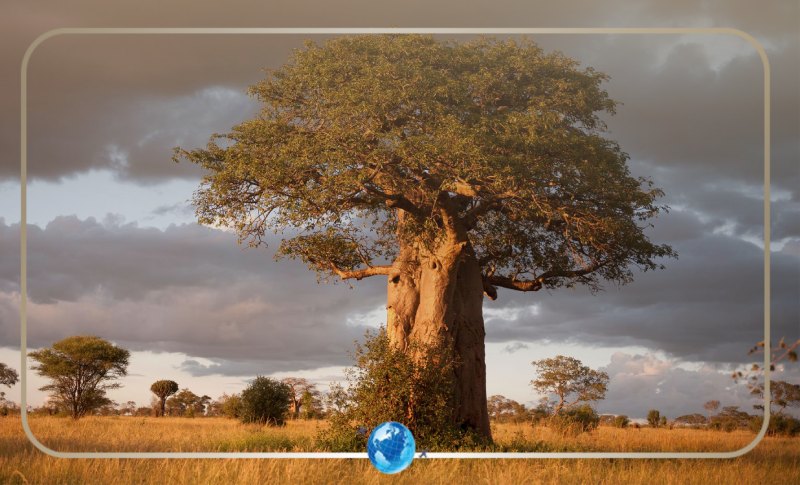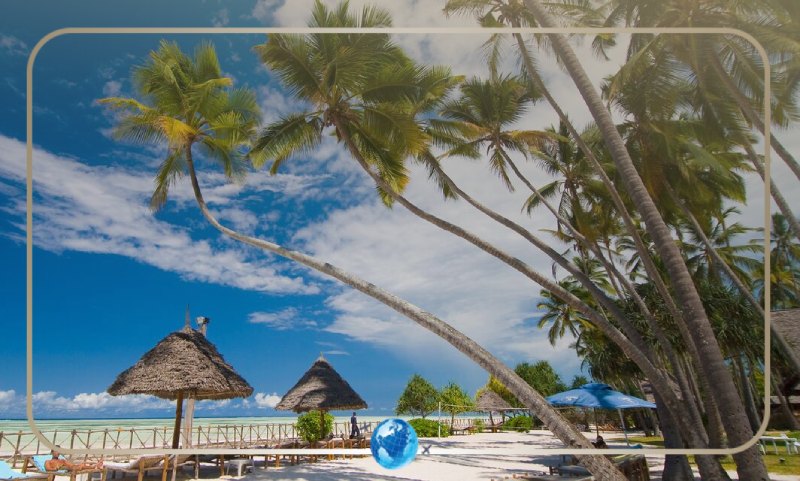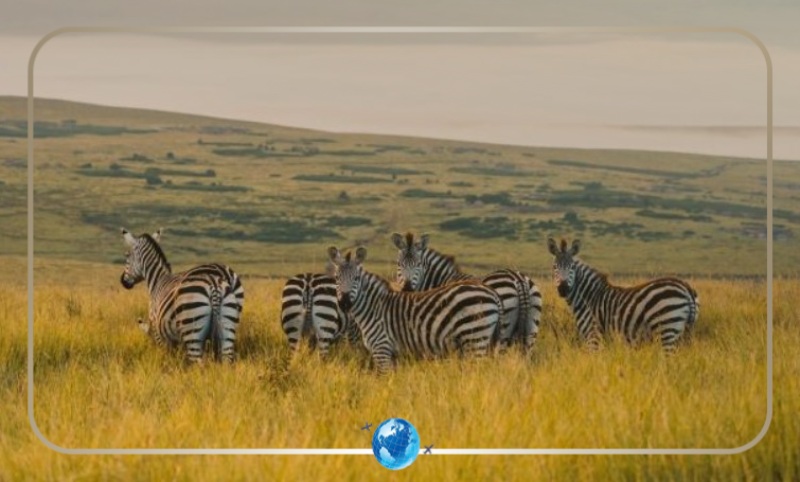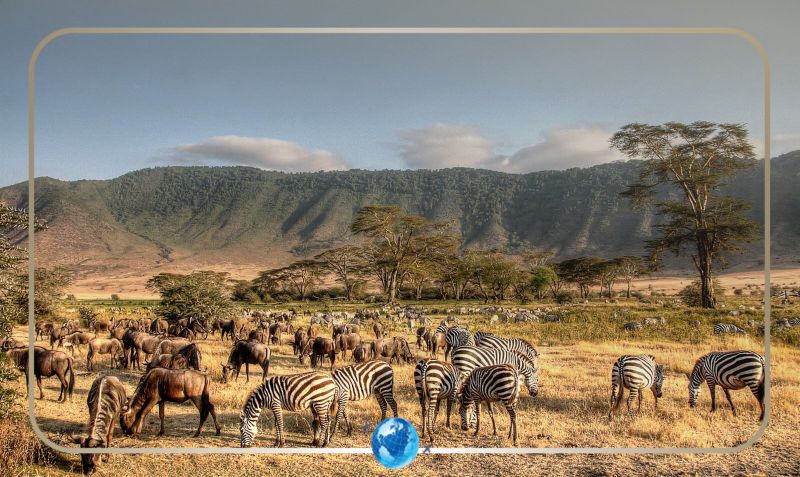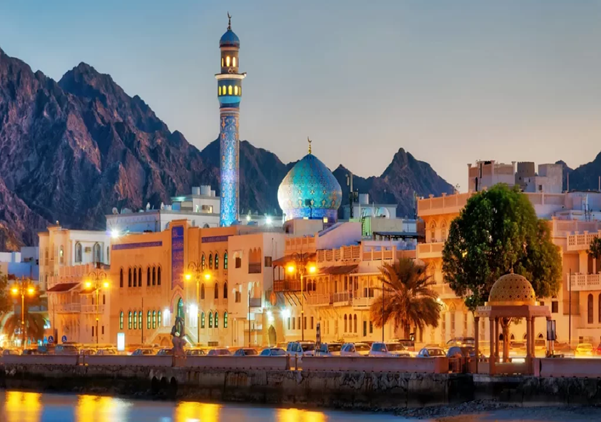Before diving into a travel guide to Morocco, let’s get acquainted with this fascinating tourist destination and its geographical setting. The Kingdom of Morocco (also known as Maghreb, Mouroco, or Morocco) is located in Northwest Africa. It boasts four imperial cities that were once part of the Holy Roman Empire: Marrakesh, Fes, Meknes, and Rabat. Today, Rabat serves as the capital of Morocco. Although Rabat appears modern at first glance, it features several remarkable historical attractions such as the Kasbah of the Udayas, the old Medina, and the Hassan Tower. The Royal Mausoleum is another highlight that’s worth visiting.
The city of Marrakesh, whose name literally means “Land of God,” is also known as the Red City. It’s famous for its vibrant souks (markets), the historic Medina, and ancient palaces such as Bahia Palace, El Badi Palace, the Koutoubia Mosque, the lively Jemaa el-Fnaa square, and the Saadian Tombs.
Fes, the former capital of Morocco, is renowned for its stunning architecture. However, what makes Fes especially famous is being home to one of the oldest universities in the world, as well as its traditional tanneries.
The city of Meknes showcases one of the most beautiful historical gates in Morocco, called Bab Mansour. Exploring these imperial cities by horse-drawn carriage offers a unique and memorable way to experience Morocco’s rich heritage.
Religion and Language in Morocco
The official languages of Morocco are Arabic and Berber, but in tourist areas, many locals also speak French and English. Moroccans are known among Arabs for their tolerance and hospitality, and the country is considered relatively peaceful, safe, and stable.
Moroccan people are famous for their warm hospitality, and while travelers might attract curious looks in less-touristy regions, they are generally welcomed kindly across the country. The official religion of Morocco is Islam, with around 93% of the population being Sunni Muslims, primarily following the Maliki school of thought.
.jpg)
The Moroccan population consists of both Arabs and Berbers, each contributing significantly to the country’s diverse cultural and traditional identity. Influences from Andalusia are also visible, dating back to the migration of Andalusian Muslims to North Africa. Additionally, colonial traces from French, Portuguese, and Spanish eras remain across various regions. It’s also important to note that before the arrival of Islam, Jewish communities played a significant role in Morocco’s multicultural development.
Best Time to Visit Morocco
Morocco generally enjoys a moderate and rainy climate, making it a popular destination throughout the year. However, the best time to visit Morocco, especially for travelers from Iran, is during spring (March 1st to May 31st) and autumn (September 1st to November 30th). These seasons offer the most pleasant weather conditions, allowing for an enjoyable and unforgettable trip.
It’s worth noting that summer (June 1st to August 31st) is not the ideal time to visit due to high temperatures and crowds of tourists, which can lead to a rise in prices. If you're looking to save money on your trip, autumn is a great choice — temperatures start to drop, tourist numbers decrease, and hotel rates become more affordable.
Essential Travel Information for Morocco
Official Languages:
Morocco has two official languages: Arabic and Amazigh (Berber).
Currency:
The official currency is the Moroccan Dirham (MAD).
Electrical System:
Morocco uses 220 volts, 50 Hz electricity. The common plug types are Type C and Type E. If you're traveling from a country that uses a different type of plug, make sure to bring an adapter.
Country Code:
The international dialing code for Morocco is +212.
Emergency Numbers:
- Police: 19
- Ambulance and Fire Department: 15
Driving Orientation:
Vehicles drive on the right-hand side of the road.
International Airports:
One of the main international gateways is Marrakesh Menara Airport.

Climate in Marrakesh
Marrakesh has a continental climate, meaning it is mostly dry with hot, arid summers and cool winters. Spring and autumn offer mild and pleasant weather, making them the ideal seasons to visit. Summers are extremely hot with minimal rainfall, while most of the rain falls in winter.
- July is typically the hottest month of the year.
- is usually the coldest.
- November sees the highest rainfall, so if you prefer dry weather, it’s best to avoid visiting during this month.
Dubai to Morocco Travel Guide
Traveling from Dubai to Morocco offers a unique opportunity to explore North Africa’s vibrant culture, rich history, and breathtaking landscapes. Direct and connecting flights are available from major airlines, making the journey relatively convenient. To ensure a smooth and enjoyable experience, it’s essential to choose a reliable travel agency. Platforms like East Express provide well-organized tour packages that include flights, accommodations, guided excursions, and cultural experiences tailored to your preferences. They help travelers navigate visa requirements, plan efficient itineraries, and access insider tips that enhance their trip. Whether you’re drawn to the historical cities of Marrakesh and Fes or the coastal charm of Casablanca, choosing the right tour provider can make all the difference.
Final Thought
For a stress-free and memorable trip from Dubai to Morocco, partnering with a trusted agency like East Express ensures comfort, convenience, and expert support every step of the way.
